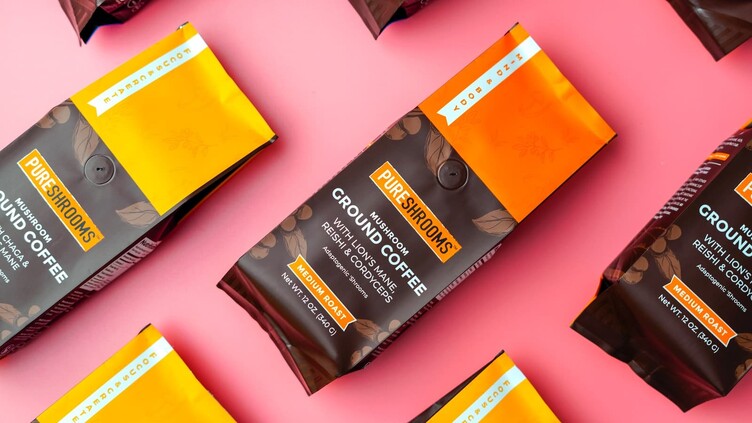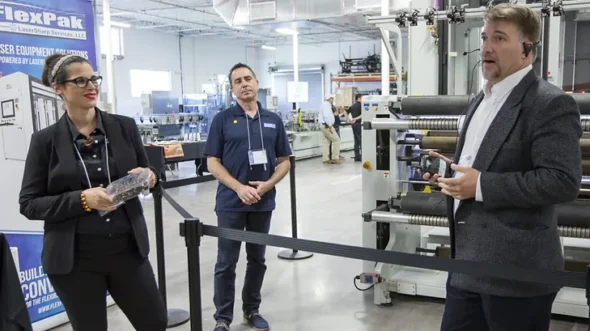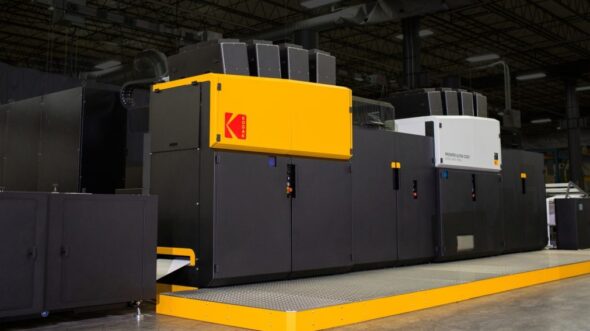Understanding Flexible Packaging
Flexible packaging refers to packaging materials that can be easily shaped or molded. They are typically made from materials such as plastic, film, foil, or paper. The flexibility of these materials allows for various shapes, sizes, and styles of packaging, making them suitable for a wide range of products.
Pros of Flexible Packaging
Extended Shelf Life:
Flexible packaging, particularly when utilizing advanced barrier materials, provides an effective barrier against moisture, oxygen, light, and other external factors. This barrier capability helps to prolong the shelf life of food products by maintaining freshness and preventing spoilage.
Reduced Material Usage:
Flexible packaging often requires less material compared to rigid packaging. This not only reduces the overall weight of the packaging but also minimizes the environmental impact by utilizing fewer resources during production.
Convenience:
Flexible packaging is lightweight, easy to handle, and often resealable, ensuring convenience for consumers. Resealable zippers or seals maintain product freshness after opening, enhancing the usability and shelf life of the product.
Cost-Effectiveness:
Due to the efficient use of materials and the reduced weight, flexible packaging can be more cost-effective in terms of production, transportation, and storage compared to rigid packaging.
Cons of Flexible Packaging
Limited Rigidity:
While flexibility is an advantage, it can also be a limitation, especially for products that need structural support or protection from external pressure.
Environmental Concerns:
Some flexible packaging materials, particularly certain plastics, can raise environmental concerns due to issues related to recyclability and non-biodegradability.
Understanding Rigid Packaging
Rigid packaging, on the other hand, maintains its shape and form regardless of its content. Materials such as glass, metal, and hard plastics are common in rigid packaging.
Pros of Rigid Packaging
Product Protection:
Rigid packaging provides excellent protection to fragile or delicate products. It is particularly suitable for products that need to retain their shape or structure during storage and transportation.
Recyclability:
Materials used in rigid packaging like glass and metal are often highly recyclable, contributing to sustainable packaging practices.
High Perceived Value:
Rigid packaging often conveys a sense of quality and durability, enhancing the perceived value of the product.
Cons of Rigid Packaging
Heavier and Bulky:
Rigid packaging tends to be heavier and bulkier compared to flexible packaging. This can result in higher transportation costs and increased environmental impact.
Limited Design Flexibility:
Rigid packaging offers less design flexibility in terms of shape and size compared to flexible packaging. This limitation can be a drawback when it comes to customization and product differentiation.
How Flexible Packaging Extends Shelf Life
Flexible packaging is increasingly preferred, especially for perishable food products, due to its ability to extend the shelf life and maintain product freshness. Here’s how flexible packaging achieves this:
Advanced Barrier Properties:
Flexible packaging materials, especially those with specialized barrier layers, provide an effective barrier against moisture, oxygen, light, and other environmental elements. This barrier capability significantly reduces the degradation of food products, thus extending their shelf life.
Modified Atmosphere Packaging (MAP):
Flexible packaging allows for the implementation of MAP techniques, where the atmosphere within the package is modified to enhance preservation. Oxygen levels are reduced and replaced with gases like nitrogen or carbon dioxide, inhibiting the growth of aerobic bacteria and slowing down oxidation processes.
Light-Blocking Features:
Flexible packaging can be designed to block harmful light that can deteriorate the quality of the food. This is particularly important for products sensitive to light exposure, such as dairy or certain oils.
Sealed Packaging:
Resealable and airtight flexible packaging solutions maintain the integrity of the product even after opening. This ensures that the food stays fresh and minimizes wastage, ultimately contributing to an extended shelf life.
Making the Right Choice
The choice between flexible and rigid packaging ultimately depends on the specific needs of the product, its intended shelf life, environmental considerations, and overall branding strategy. Both packaging types have their merits and are suited for different applications. Manufacturers and brands need to carefully evaluate these aspects to determine the most appropriate packaging solution for their products.
In conclusion, flexible packaging, with its advanced barrier properties and customization options, is proving to be a game-changer in extending the shelf life of food products. As technology and innovation continue to advance, flexible packaging will likely play an increasingly vital role in enhancing food safety and reducing food waste, contributing to a more sustainable and efficient supply chain.
For more information on Flexible Packaging, please contact our local Dynagraph representative.





